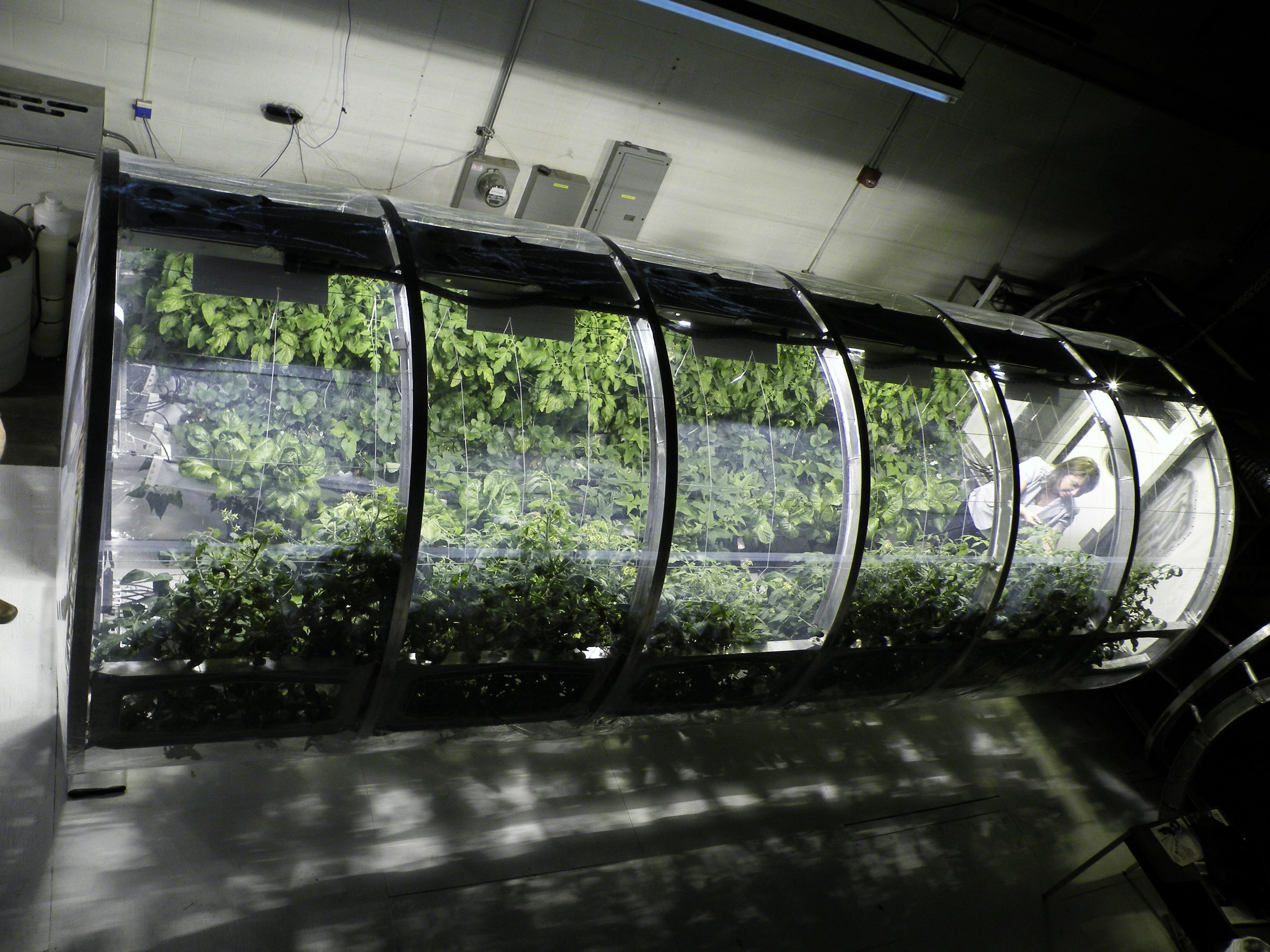Mar 7, 2023
The Future of Food in Space: Insights from Space Entrepreneur Davi Souza

Credit: Apogee Instruments.
Written by: Dorothy Braun
March 7, 2023
As the possibilities of space exploration continue to be researched, one concept that has gained increasing attention and development is farming in space. Space agriculture is an essential aspect of sustainable interplanetary exploration, as astronauts need a source of fresh food during long-term missions. The unique challenges that come with producing food in a resource-deficient environment can also lend themselves to innovative solutions in CEA on Earth.

Credit: Davi Souza.
Davi Souza is a space entrepreneur, researcher, and greenhouse specialist working to develop sustainable methods for food production in space. With a background in electrical engineering and sustainable AgTech solutions, Souza has dedicated his career to improving research, development, and innovation capabilities in space agriculture. He combines his expertise of sensors, automation, and microcontrollers with CEA technologies to focus on their applications in the water-food-energy nexus. Most recently, Souza worked in collaboration with the Faculty of Agriculture and Technology at the University of South Bohemia in České Budějovice, researching CEA’s transition from the field to indoor cultivation systems. Souza’s ultimate goal is to develop food production techniques that will be successful both in space greenhouses as well as extreme environments on Earth.
Souza is conscious of food insecurity, biodiversity, and the climate crisis, and this is reflected in his approach to agriculture and how to sustainably ensure access to nutritious food. His work to understand the capabilities of resilient cultivation models in farming systems gives perspective to his passion for adapting them to terrestrial and extraterrestrial extreme environments.

Credit: The University of Arizona.
Initial studies of extraterrestrial environmental features such as microgravity, pressure, humidity, vapor pressure deficit (VPD), and ethylene gave insight to plant and root behavior in these hot, hazardous, and otherwise harsh conditions. Understanding the critical nature of these systems allowed for the development of increasingly automated greenhouses, of which there are now two in operation in the International Space Station. One of which, the Advanced Plant Habitat (APH), contains over 160 sensors for lighting control, water management, temperature regulation, and other environmental factors that are monitored and adjusted from Earth.
These cutting-edge technological advances in space farming have similarly been integrated into CEA practices in the desert, in Antarctica, and in semi-arid regions around the world. The ability to grow in these places provides the potential for other significant solutions to be transferred back into future space missions. Souza aims to bridge these tech capabilities with what he calls the “human factor.” Explaining that we have always had optimized-efficiency agricultural technologies, contextualized within the time in which they were developed – the hanging gardens of Babylon, the Aztec’s aquaponic systems – he believes our current research and tech development cannot overlook the fundamentals of farming.
“I really like to talk about the past and the future, because we are human beings and even if we go to space, we will remain human beings. The human factor is there. The first civilizations in the fertile crescent were based on agriculture, so if we want to grow or develop a civilization in space, it likewise will be based on agriculture,” says Souza. “We need to look at the past and come up with solutions that integrate human knowledge and ingenuity with the capabilities of technology in order to deliver better solutions in the future of space exploration.”

Credit: Davi Souza.
In his graduate thesis, Souza is currently pursuing this human factor, looking to build a bridge between the gaps of knowledge that occur when research, development, and innovation are not documented and shared. Souza nods to Agritecture Designer as a useful tool doing this work to integrate knowledge and cultivation capacities in one main, accessible platform. For the next two years, Souza believes the most relevant factor in CEA and space agriculture in particular is looking at plant system integration, how to reduce energy, increase efficiency, and optimize the system to yield healthy plants. With this holistic perspective to the future of farming, Souza is eager to continue playing an influential role in the sustainable AgTech industry.
